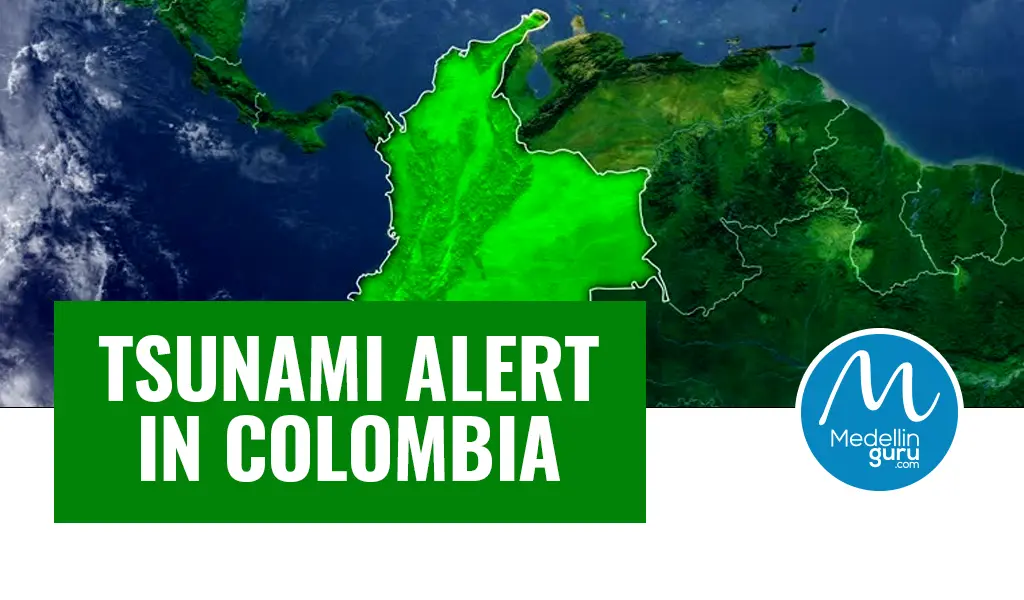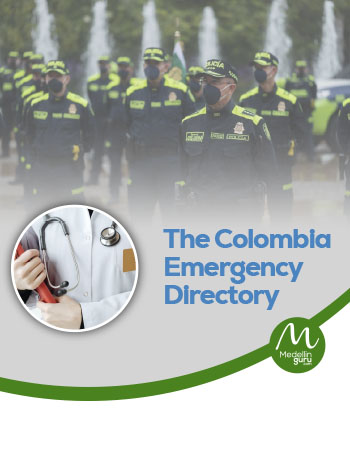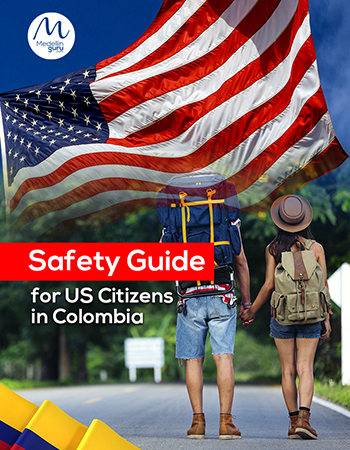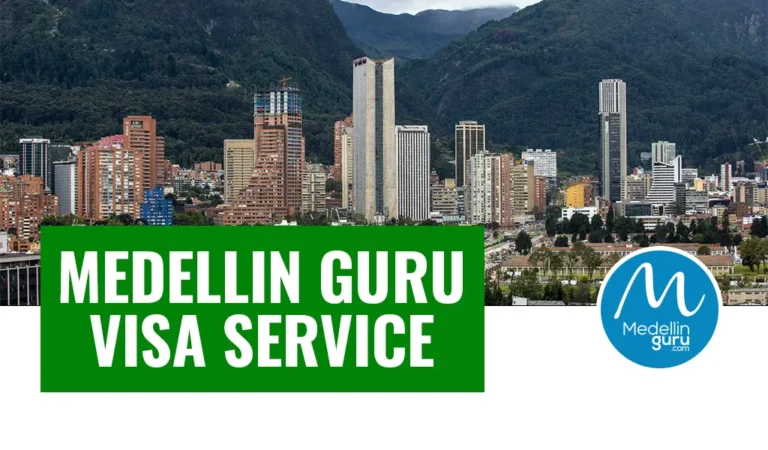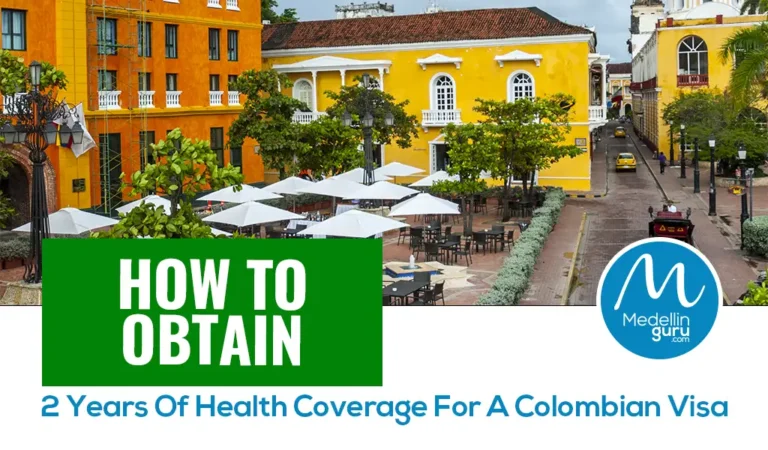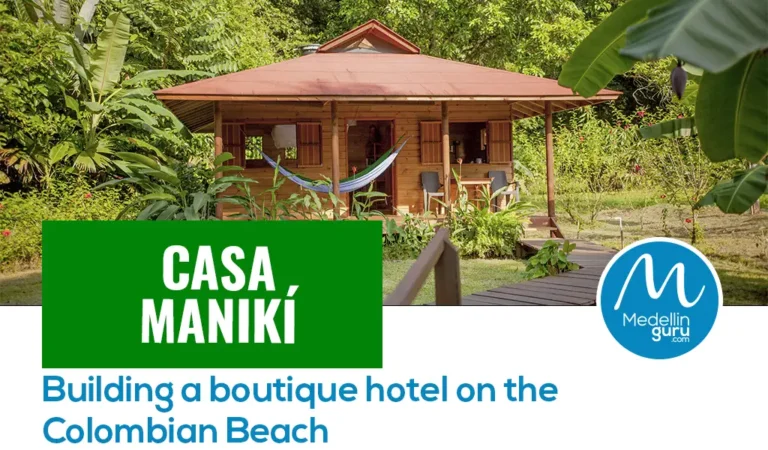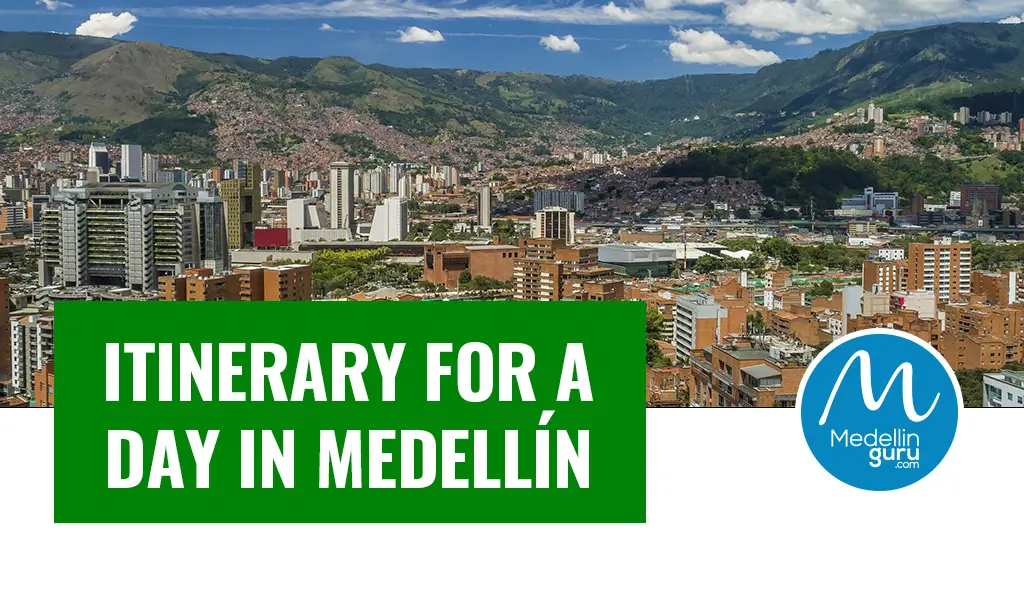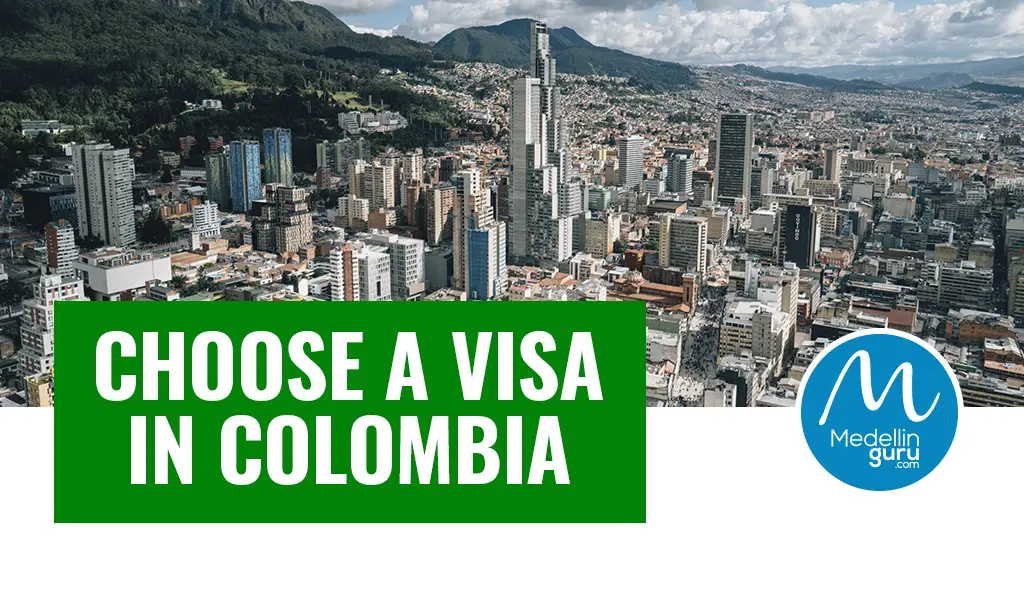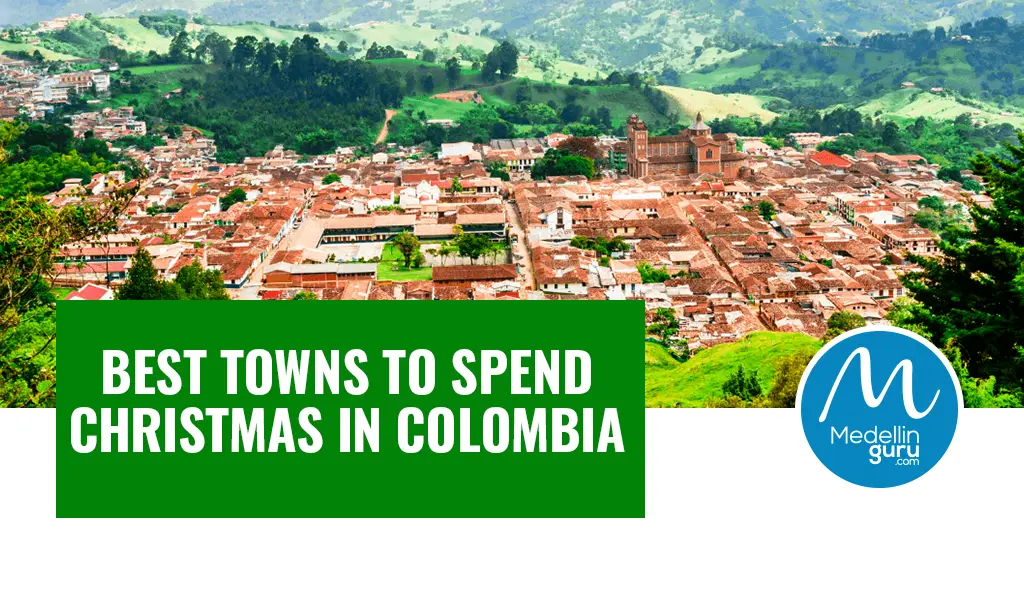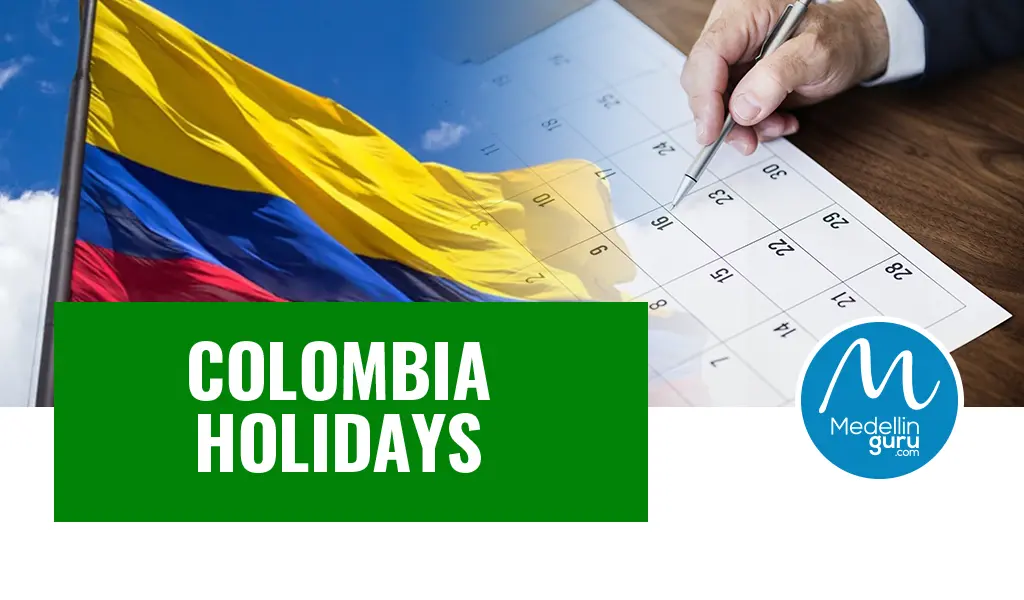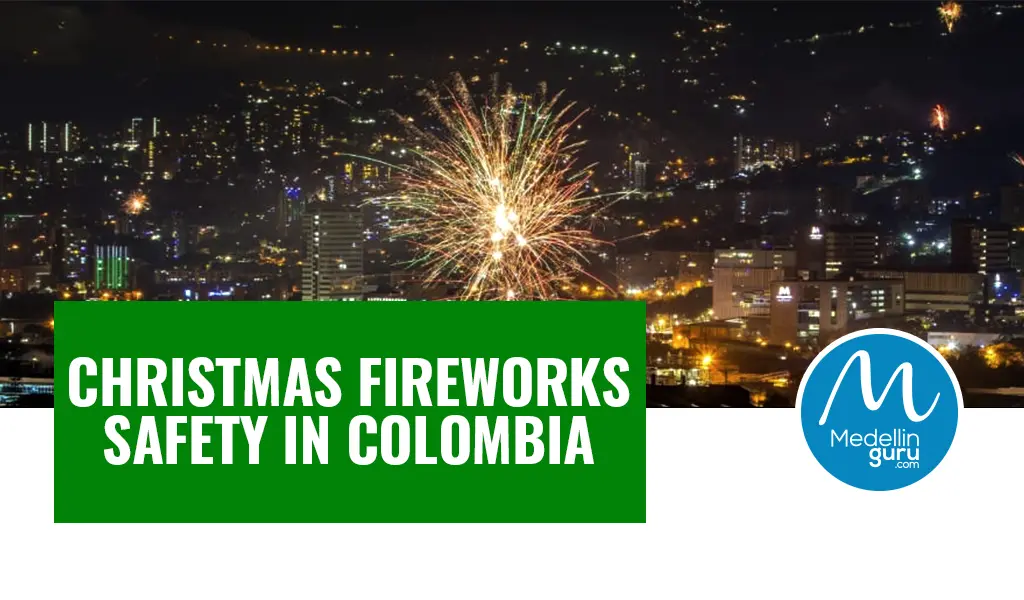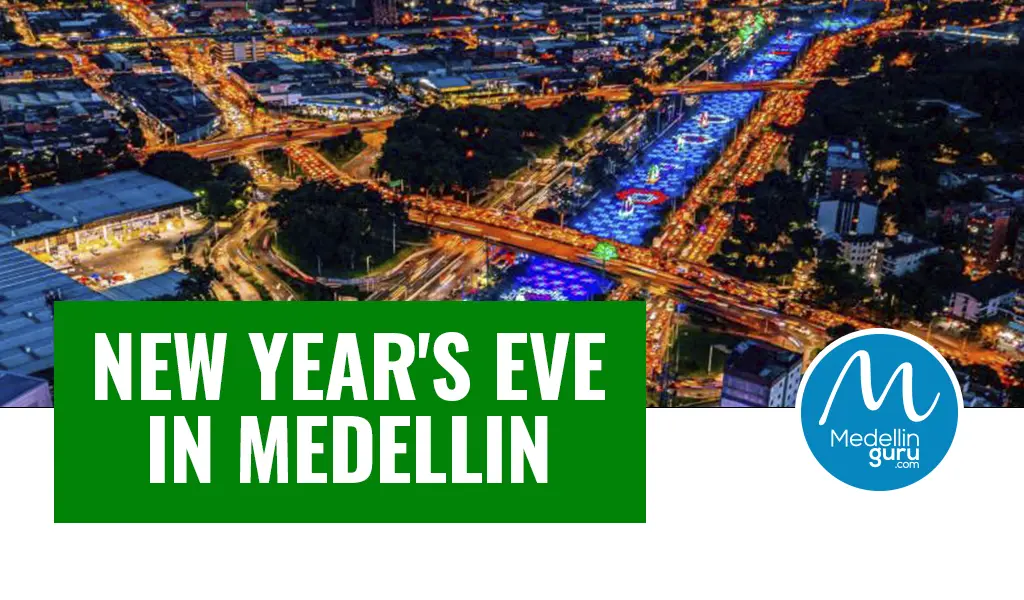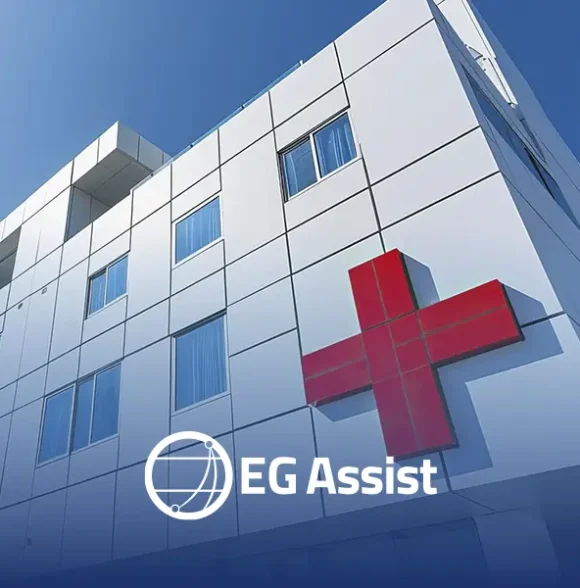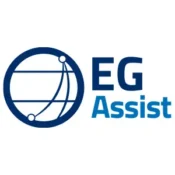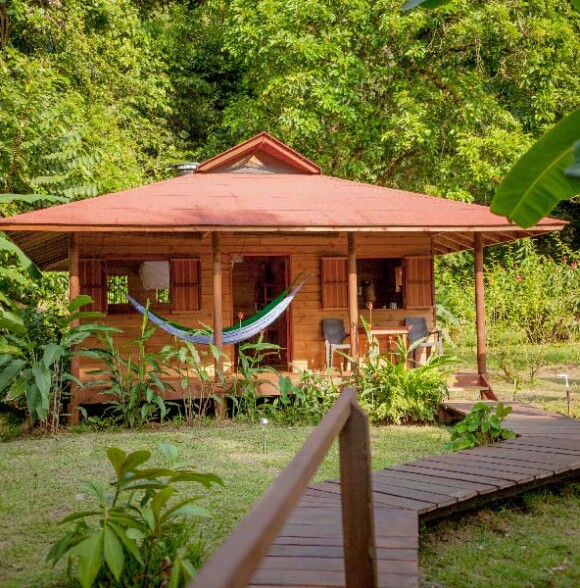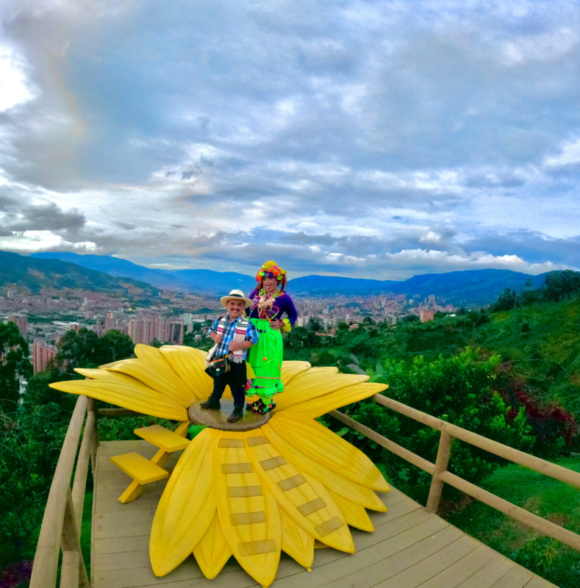For expats and visitors in Colombia, staying up-to-date on local safety news is a top priority. When the UNGRD issued a Tsunami Alert in Colombia for the Pacific coast following a powerful earthquake, it naturally raised concerns for many. This is a breakdown of what’s happening with the Tsunami Alert in Colombia, the official response, and what the cancellation of the warning means for residents and travelers in the region.
What Triggered the Tsunami Alert in Colombia?
On July 29, 2025, a powerful 8.8-magnitude earthquake struck the Kamchatka Peninsula in Russia, triggering tsunami warnings across the Pacific basin, including Colombia’s Pacific coast. This seismic event led to Colombia issuing a tsunami alert for vulnerable coastal areas, especially in the departments of Chocó and Nariño (red alert), with precautionary advisories for Cauca and Valle del Cauca. The tsunami warning on the Pacific coast of Colombia is part of a coordinated international response backed by global early warning systems and real-time monitoring, reflecting Colombia’s active participation in regional tsunami preparedness networks.
In response to the alert, Colombian authorities launched tsunami evacuation Colombia protocols focusing on coastal populations in Nariño and Chocó, where beaches, malecones (boardwalks), and low-lying zones were closed and evacuated to ensure safety. The National Unit for Disaster Risk Management (UNGRD), Maritime Authority (DIMAR), the Colombian Navy, police, and civil defense are coordinating with local governments to maintain public security and organize evacuations efficiently. Authorities have urged all residents, fishermen, tourists, and visitors to strictly follow official instructions and avoid low-lying and coastal areas until the all-clear is given. These Colombian authorities’ tsunami measures demonstrate a strong commitment to public safety and disaster preparedness.
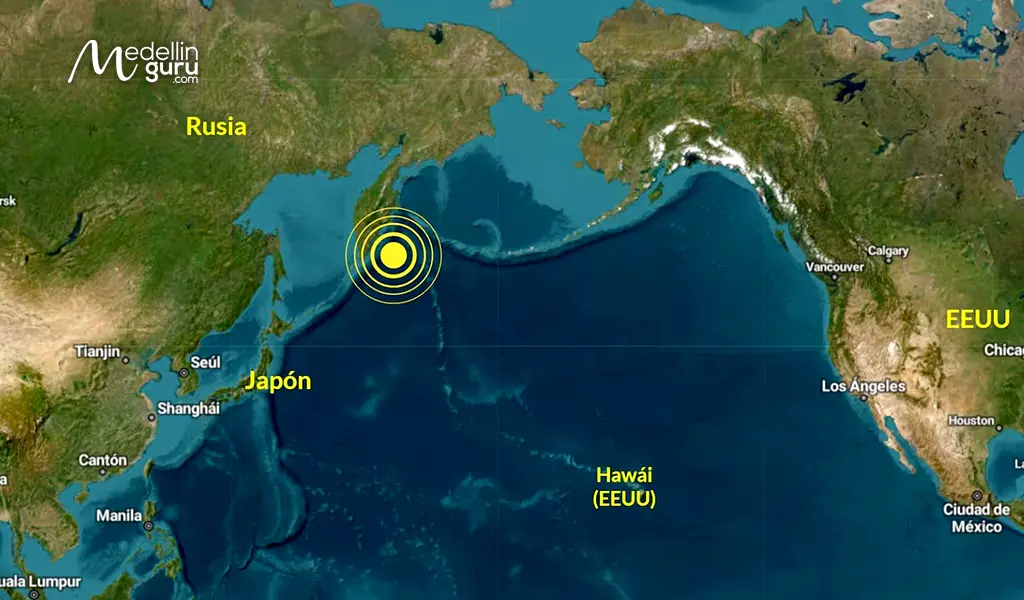
Official Communications and Call for Calm
Throughout the warning period, Colombian authorities’ tsunami teams emphasized calm and reliance on verified information from official sources like UNGRD and DIMAR, urging the public to avoid misinformation and rumors. Initially, the alert level was elevated to red but was lowered to orange after the situation stabilized, signaling a reduced but still cautious advisory. The national tsunami detection and alert system remains active, providing continuous updates and enabling quick response if conditions change. This transparent communication strategy is key to maintaining public trust and ensuring safety without creating unnecessary panic.
International Context and Regional Comparisons
Colombia’s tsunami alert coincided with similar warnings in neighboring Pacific nations such as Peru, Ecuador, and Chile, reflecting a united regional vigilance after the Kamchatka earthquake. These countries also implemented precautionary evacuations and shared information through international monitoring networks to mitigate risk effectively. This collective approach underscores the Pacific basin’s high level of preparedness and coordination in facing tsunami threats.
Recommendations for Expats and Travelers
How to Stay Safe During Natural Alerts in Colombia
-
Follow Official Sources
Always rely on information from official government agencies like UNGRD and DIMAR.
-
Emergency Documents
Keep digital and physical copies of your essential documents readily accessible.
-
Know Your Routes
Be familiar with the closest evacuation routes and designated safe zones in your area.
-
Go-Bag Preparedness
Maintain a "go-bag" with survival essentials, including water, non-perishable food, and a first-aid kit. Communication Plan: Have a plan to communicate with family and friends in case of an emergency.
-
Natural Indicators
If you are in a coastal area and feel a strong earthquake, move to higher ground immediately without waiting for an official alert.
-
Security and Hospital Contacts
Keep a list of local emergency numbers—including police, fire, and hospitals—easily accessible both digitally and on paper. This ensures quick access to help if needed during evacuations or emergencies.
-
Family Emergency Kit & Meeting Point
Carry a family emergency kit stocked with basic first aid, personal hygiene items, masks, and any special medications. Also, designate a safe meeting point for your family or travel group outside danger zones to reunite if separated.
-
Carry Cash and Consider Relocation to Higher Cities
Carry some cash as electronic payment systems may be down during emergencies. If advised, consider traveling to higher elevation cities like Bogotá which are safer during tsunami or flood alerts.
Emergency Guides to Ensure Your Safety in Colombia
Safety in Colombia is a crucial concern for foreigners, and the country has made great strides in recent years to improve its security. The Emergency Directory Guides by Medellin Guru are an excellent resource for any foreigner visiting Colombia, offering peace of mind and ensuring that visitors are well-informed and prepared in an emergency.
Foreigners visiting Colombia are encouraged to download these guides and have them handy during their stay. With the help of these guides, visitors can enjoy their time in Colombia without worrying about their safety. The Colombia Emergency Directory and the Safety Guide for US Citizens in Colombia are testaments to the platform’s commitment to providing valuable information to its users and making their experience in Colombia as enjoyable and safe as possible.
The Bottom Line: Everything You Need to Know About the Tsunami Alert in Colombia
The tsunami alert in Colombia serves as a crucial reminder of how quickly nature’s forces can impact our lives, especially along the Pacific coast. Thanks to the proactive tsunami evacuation procedures and the coordinated efforts of Colombian authorities’ tsunami teams, communities remain well-prepared to face any eventuality. While the tsunami waves Colombia feared ultimately posed a moderate threat, staying informed by following the latest safety recommendations and official updates is key to maintaining safety and calm.
Medellin Guru Social media
Be part of our community. Find out about news, participate in events and enjoy the best of the city.


